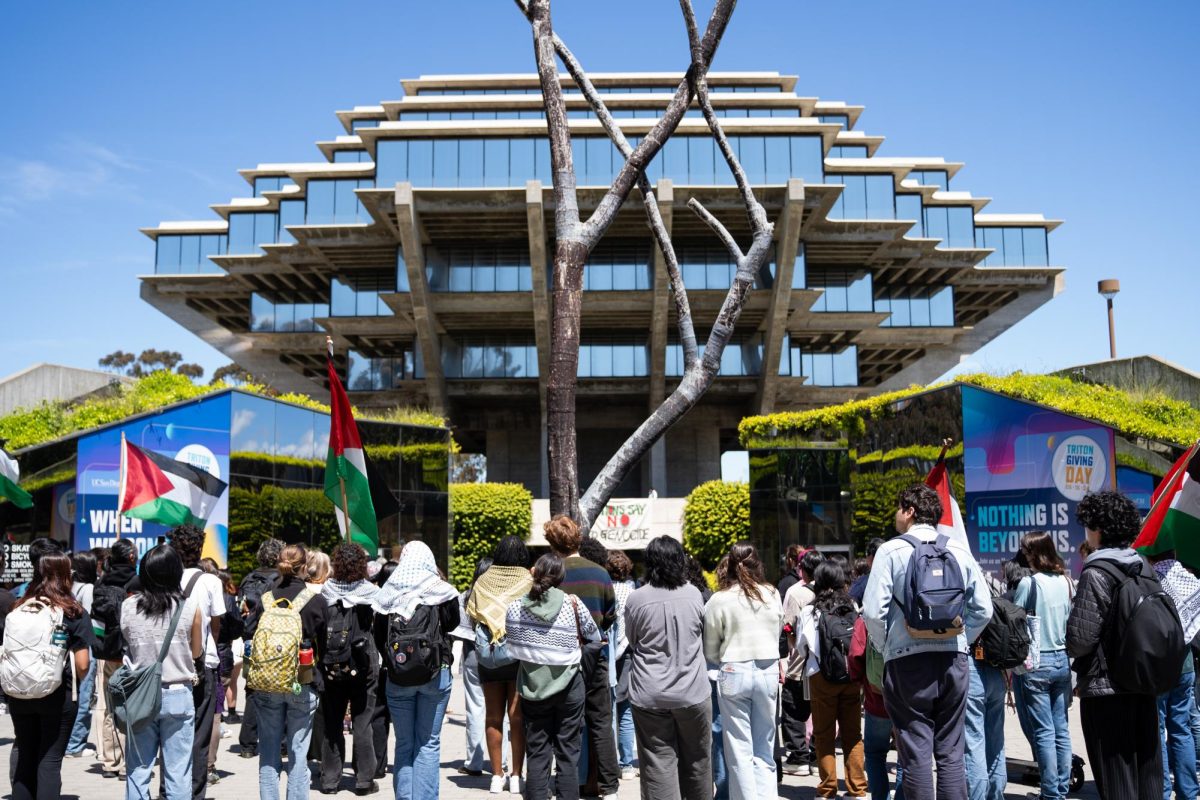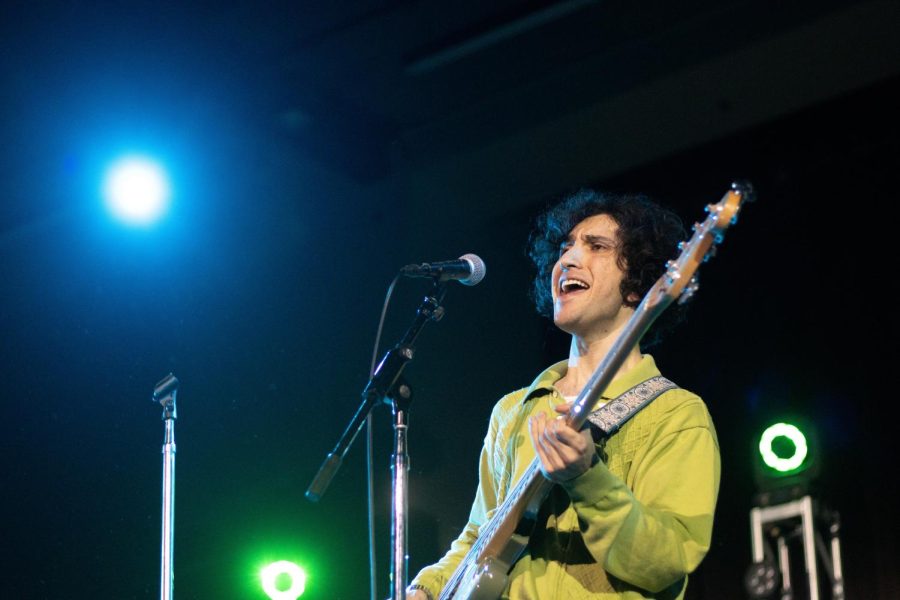In a study of 1,069 California high schools, researchers found that the University of California was much more likely to accept students attending high schools in affluent areas.
The study was was conducted by Isaac Martin, a postdoctoral fellow at the UC Institute for Labor and Employment, Jerome Karabel, a UC Berkeley sociologist and Rockridge Institute Senior Fellow and Sean Jaquez, a Los Angeles attorney.
The researchers found that 42 percent of all graduates from the 50 schools sending the most students to the University of California were admitted, while only 2 percent were admitted from the bottom 50 schools.
The study has garnered attention from, among others, the Los Angeles Times and the University of California Office of the President.
“”A few lucky students attend schools that are like a royal road into UC, while many others go to schools that are more like an obstacle course,”” Martin said. “”Which one your school will be depends largely on how affluent the student body is, by measures like housing values, parental income or parental education.””
The study contends that UC admissions policies are unfairly biased toward students graduating from affluent high schools. It found large disparities separating the affluent schools from average public schools.
Students from private college preparatory high schools were admitted to UC campuses at a rate of 38 percent, compared to 28 percent for private high schools and 13 percent for public schools.
Highly affluent Arcadia High School had 370 out of 799 students admitted into the University of California in 1999, while the 50 high schools with the fewest students admitted to the University fo California sent 191 out of a combined 9,600 graduates to the University of California.
“”These inequalities exist because the UC’s eligibility criteria overemphasize crude and context-insensitive measures like the S.A.T. that tend to reward students who already have the most resources,”” Martin said. “”The state is currently failing to live up to the promise of its own Master Plan for Higher Education, and it is failing on a scale that is truly historic. Addressing these inequalities should be a top priority for our elected and appointed officials.””
The study comes at a time when comprehensive review, an admissions policy that aims to take into account a student’s background in addition to grades and test scores, has come under fire from UC Board of Regents Chair John Moores. He recently published a report showing UC Berkeley had accepted a number of students with SAT I scores below 1,000. In addition, K-12 outreach programs at the University of California are now in jeopardy following Gov. Arnold Schwarzenegger’s proposal to eliminate funding for UC and CSU outreach programs.
Hugh Mehan, director of UCSD’s Center for Research on Educational Equity, Assessment and Teaching Excellence was unable to comment at press time.
With seemingly inevitable budget cuts to the UC system, the Board of Regents indicated after its Nov. 15 Regents meeting that enrollment caps are likely, which could also hinder the chances of students from less affluent schools.
Despite the report’s conclusions, UC campuses still accept an unusually large percentage of low-income students, according to both UCSD Director of Financial Aid Vince DeAnda and to rankings published by U.S. News and World Report.
Among U.S. News’ top 40 ranked public and private universities in 2002, UCLA, UC Berkeley and UCSD enrolled the highest percentages of low-income students, with 34.8, 30.1 and 28.7 percent, respectively.
“”Relative to Ivy Leagues, Stanford and other elite schools, UCSD does seem to have a lot of low-income students and a lot more middle-income students,”” DeAnda said. “”It might be the overall cost of education [causing this], because even if [low-income students] get grants, they still have a lot of loans that they have to take out.””
A preliminary version of the study can be found at http://www.ucop.edu/ile/scl/2003/chapter4.pdf.







